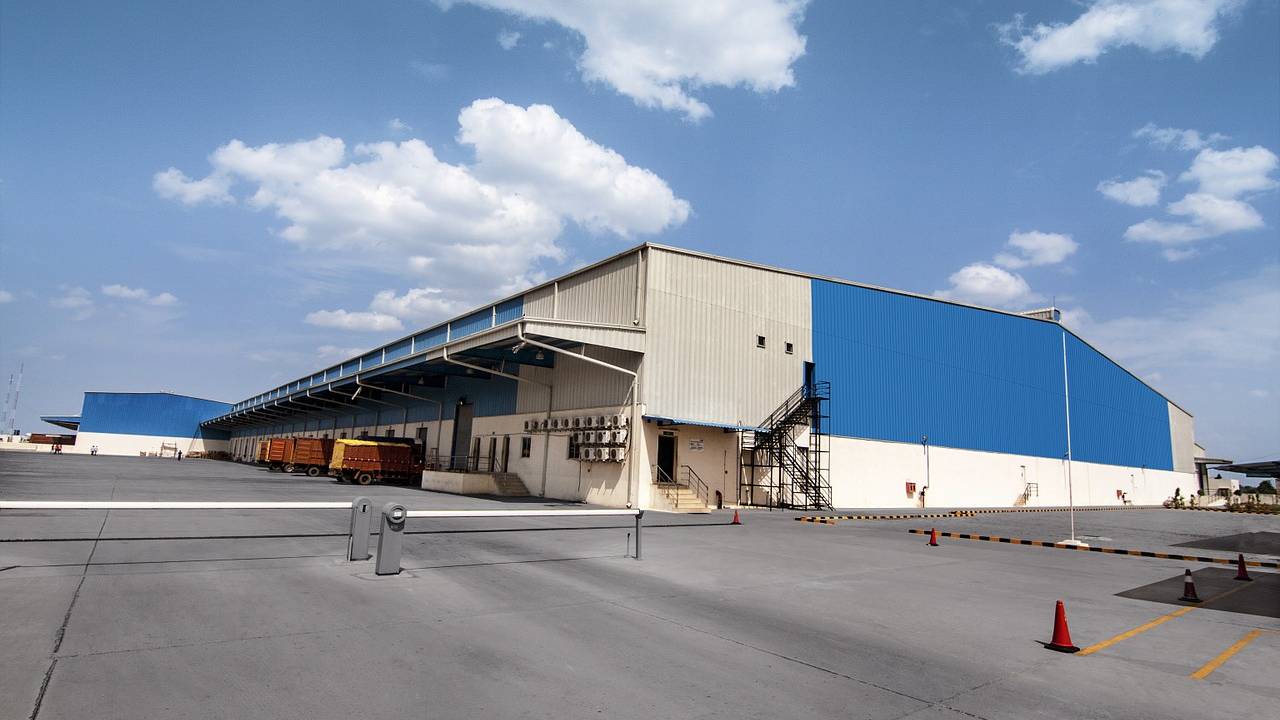If you are thinking about how to invest your money, investing in property is a wise decision as it is a safe source of a steady income. For the past few years, most investors have preferred residential properties over commercial properties, but the commercial property sector is now on its feet. Investment returns for commercial properties are now more than 10%, and the numbers are expected to continue rising.
Furthermore, industrial properties such as warehouse are now the leaders in the commercial property sector for investment and development according to a ranking by Urban Institute in 2016.
Why is the demand for warehouses high?
The demand for warehousing spaces is now higher than before because most of the big online retailers such as Amazon are expanding their warehousing capabilities to enhance shorter delivery times. Such companies are currently contributing 40% of the industrial property leases, plus there are also leases by some brick and mortar businesses that have started selling through online platforms. Another huge market for such spaces is in tech companies that are looking for server farms to support their online activities.
Factors to Consider Before Investing in a Warehouse
If you are thinking about investing in a warehouse, there are a lot of factors to consider to ensure that your property will attract top clients. Below are some of these factors.
1. Layout and Flow of Building
You must consider the types of operations that you intend to conduct inside the warehouse before you choose the design. Some buildings can be at a superb location and still fail to attract investors due to factors such as the column spacing, ceiling height. The ceiling height and column spacing will determine the types of machinery that the warehouse can accommodate. Such features can also affect the inflow and outflow of goods.
2. Material Handling Capabilities
Another factor to consider when investing in warehouses is the availability of the handling equipment. The type of products should dictate the layout of your warehouse as well as the material handling equipment you should purchase. For example, a warehouse that expects to be dealing with temperature-sensitive products should invest in protective equipment such as thermal pallet blankets. Some of the thermal blankets for cargo can also protect the other extreme conditions such as moisture and dust.
3. Regulations
Before you build or buy a warehouse, it is important to the local rules and regulations about warehousing. Some regulations may not allow storage of particular products or some building designs may not be allowed in the area. If you deal in such goods or expects a customer dealing with such goods, you should find another location to avoid fines or lawsuits in the future.
4. The Location
Location is crucial when investing in a warehouse as it determines the marketability of your space. A good warehouse site should be close to a means of transport and close to the market. Companies need to be close to the market to reduce transport costs and reduce delivery time.
For example, an online store that does worldwide shipping would prefer a warehouse that is close to the airport or port for easier and faster shipping. Land in the densely populated areas is expensive compared to rural areas, but the cumulated savings on fuel and time may be worth the extra cost.


Comments(0)